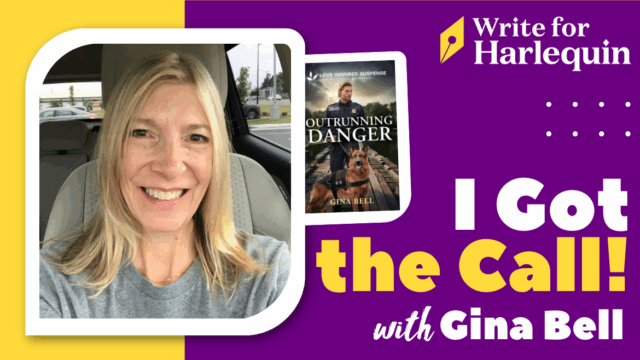This week, we’ve got tips from New Voices 2011 on how to write intense emotion, without relying on a big bodycount! Enjoy these wise words from Harlequin Romance and M&B author Fiona Harper, about how to keep all that lovely emotion under control…
New writers often make the mistake of thinking that emotion on the page is the same as drama on the page. However, too much high emotion can turn readers off just as quickly as too little emotion. And, if you lose that all-important connection between character and reader, it won’t matter how wonderful your plot is. Readers will not invest in the story emotionally if that happens. And that’s where you really want the emotion to flow—between your readers and your characters, not just the characters themselves.
I’ve read too many manuscripts from aspiring authors that feature heroes and heroines who are emotionally incontinent. You know the sort—the ones that just have to let it all out every time they get the urge! Toddlers might behave this way, but mature adults don’t. Or shouldn’t. Not if they want to be a sympathetic hero or heroine in a romance novel, anyway.
So every time your characters are tempted to erupt into a rage, dissolve into tears or slap someone, ask yourself this question: have they reached their absolute limit? Have you pushed them to the point where they’ll let go of all their social conditioning and react from their gut? If the answer is yes, fine, let them off the leash. If the answer is no, however, then you have to tell them to pull their big girl (or boy!) pants up and hold it in—for now, at least.
Often, the most emotional scenes are the ones where a character struggles to keep a lid on their feelings. I’ve often heard it said that if your character doesn’t cry, your reader will. I always do a little happy dance when I discover I’ve made readers cry. (Yes, I know. I’m evil.) But the reason I’m thrilled is because it means those readers were emotionally hooked and actively participating in the story.
If you overdo the drama, you risk exhausting readers and they’ll switch off. Connection broken. Book put down. Also, if you use all your emotional ammunition on scenes that don’t need it, you’ll have nowhere to go when the real emotional high points come. So save the emotional big guns for the few scenes that need it, and remember you can have plenty of emotion without all that drama!
To see how it’s done, check out Fiona’s amazing books here! And make sure you check back in next Wednesday to read Donna Alward’s fabulous pointers about how to tackle deep emotional issues and pull them off!




